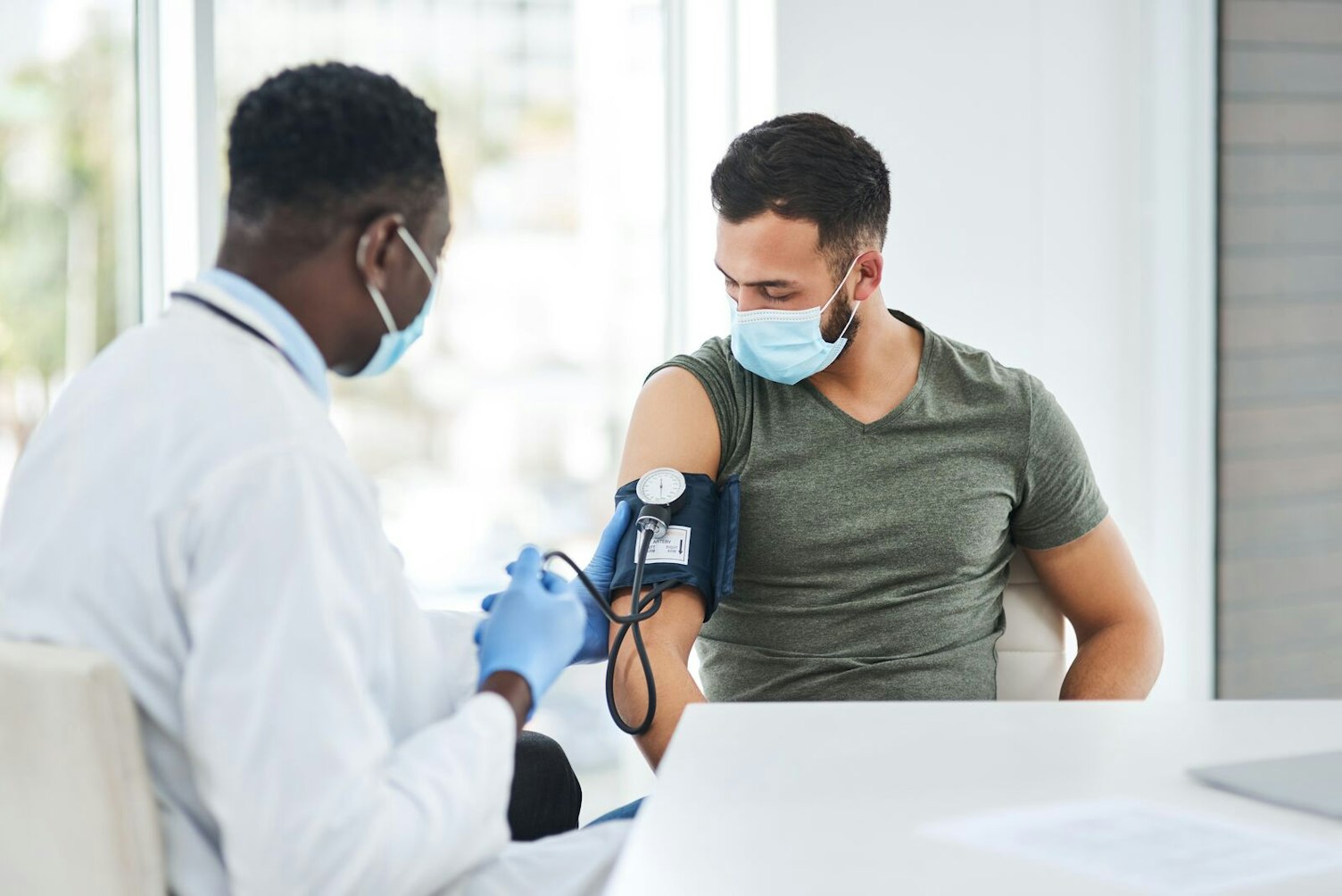Embedded within the SGS maxim framework for early-phase clinical trials, this maxim champions innovative approaches. It highlights how novel methodologies and technologies drive progress and enhance trial efficacy, fundamental components among these 10 maxims.
On this page
Early phase innovations: dose-response evaluation
The development of new pharmacological compounds can be lengthy and very costly, with many failure risks even during later phase clinical trials. To estimate a drug’s clinical potential, information on safety, pharmacokinetic and pharmacodynamic outcomes are all paramount. Via innovative techniques critical information on a compound’s dose-response effect can be acquired in the early clinical phase.
Drug development programs are increasingly incorporating translational methodologies in early phase trials to gain more decisive information on a compound’s pharmacodynamic potential alongside its safety and pharmacokinetic profile. These include the use of biomarker technologies and human challenge models.
Utilizing biomarkers: target engagement insights
Simply put, a biomarker (contracted from biological marker) is any objective measure that reflects a biological process. In relation to pharmacological responses, biomarkers aim to provide evidence of target engagement or signals suggestive of efficacy. Examples are: molecular assays for receptor occupancy or pathway activation, specialized imaging technologies and functional testing.
Human challenge models: efficacy evidence generation
Human challenge models are designed to generate symptoms and mimic a disease state in an otherwise controlled environment. Testing an investigational compound in such a setting generates the first evidence of efficacy. Examples are: ketamine challenge to mimic psychosis, LPS challenge for systemic inflammation and viral disease models.

Phase 1 trial planning: equipment, expertise, and safety
The implementation of a phase 1 clinical trial requires meticulous evaluation and planning in terms of the equipment needed, the expertise and training required of staff, and labor intensity.
Key considerations in challenge studies
In general, similar planning rules apply to all: safety, in-house expertise and needed equipment are crucial. Viral challenge studies are extra demanding because of the potential contagious risk.
In summary, following items must be evaluated when considering a challenge study:
- The research question must be clearly justified and weighed to alternative methodologies
- The proposed methods must be appropriate and provide a meaningful, valid answer
- The method must be as safe as possible and appropriate management of possible risks in place
- Selection of study participants must be justified and safe
- Rigorous consent procedures must ensure full understanding
- Payments must not represent undue influence nor be based on possible risk
- The site needs to be adequately equipped
- The team needs to have the required expertise, experience and accountability
- In case of viral agents, harm to contacts and the environment must be minimized and managed. Given its controversial nature, public involvement and agreement might be needed
- The consequences of the challenge, the induced disease, should be taken care of and as such have been resolved or brought to a level of minimal sequalae (e.g. one can have built up immunity because of the challenge agent, but should not have any sign or symptoms of ongoing disease)
When confronted with more challenging and complex phase 1 trials it is necessary to carefully evaluate all safety, ethical and practical constraints. An experienced and well-equipped unit is required to accommodate these trials.
Case study: Start-up of a malaria challenge modelling at the SGS clinical pharmacology unit (CPU)
Case scenario
SGS was approached to perform a phase 1b trial assessing a potential chemoprotective agent in a validated controlled human malaria infection (CHMI) model using direct venous inoculation of P. falciparum sporozoites.

Breaking new ground: malaria model risk assessment
The SGS CPU is experienced in different challenge models including influenza inoculation, but the proposed malaria model had never been implemented before.
In close collaboration with the client, a thorough risk assessment was performed defining and managing potential issues:
- Global Health guidance
Expert opinion was obtained from study set-up onwards via the Global Health Institute of the University of Antwerp, to guide the overall study safety, specifically treatment and follow up of participant.
- Parasite transmission risk
Risk of parasite transmission to staff and general population was assessed to be very limited to non-existing (transmission approx. 0%) because of:
- The absence of sufficient numbers of the only known vector of malaria in Belgium (Anopheles plumbeus)
- The average ambient temperature of the Belgian region being below the minimum temperature required to support Plasmodium spp
Therefore, complete isolation of inoculated participants was not deemed necessary.
- Needle stick protocol
The only risk for transmission would be needle stick injury. A clear treatment algorithm, dependent on time of inoculation with regards to life cycle and transmission of plasmodium falciparum was created to adequately protect staff in case such accident would occur.
- Symptomatology prevention
Preventing or limiting any symptomatology as a result of plasmodium exposure. Using golden standard testing techniques with high sensitivity to detect parasitemia at incredibly low counts could limit, or even prevent occurrence of symptomatology in subjects, due to quick initiation of standard of care treatment.
- Follow-up adjustment
Theoretical possibility of certain lag time due to partial chemoprotectivity of IMP: importance of adjusting follow up period accordingly, including standard of care treatment.
- In-house stay: safety assurance
Because the transmission risk was marginal, the participant could, in theory, leave the unit after inoculation and return for ambulatory assessment of safety, malaria signs parasitaemia.
Upon confirmation of positive parasitaemia the subject would receive rescue therapy while being monitored daily at the clinical unit until treatment success. However, the SGS medical team decided in-house stay was warranted from inoculation onwards for a number of reasons:
- Due to the uncertainty of when parasitaemia would develop and allowing for direct supervision of primary intake of rescue treatment
- Being in the unit with medical supervision reassured the subjects of optimal safety precautions being taken, which proved to be important for their peace of mind (with regards to recruitment)
- To eliminate the risk of inoculated subjects dropping out and losing them for further follow up
- Safety monitoring in relation to the IMP taken was an extra reason to keep the participants in the unit
Conclusion: redefining feasibility with careful planning
As during this risk evaluation, all concerns were addressed properly, with adequate contingency measures, the study was deemed feasible and successfully started.
In general, this example shows that although certain innovative models may appear risky or even not feasible at first sight, careful evaluation and planning may prove otherwise.







